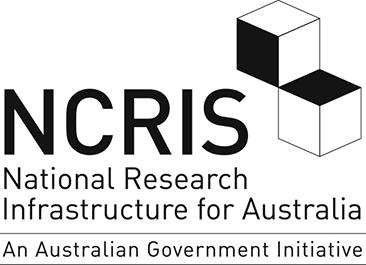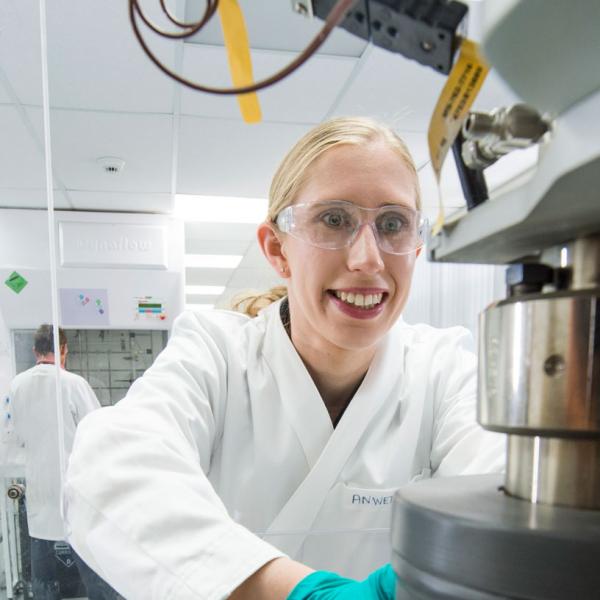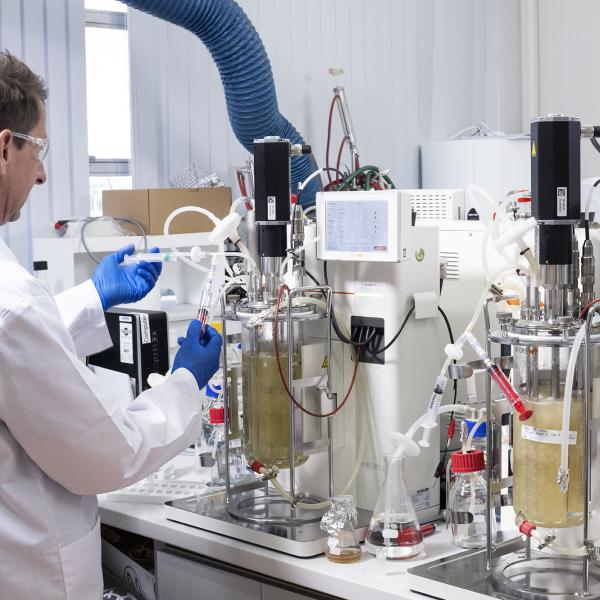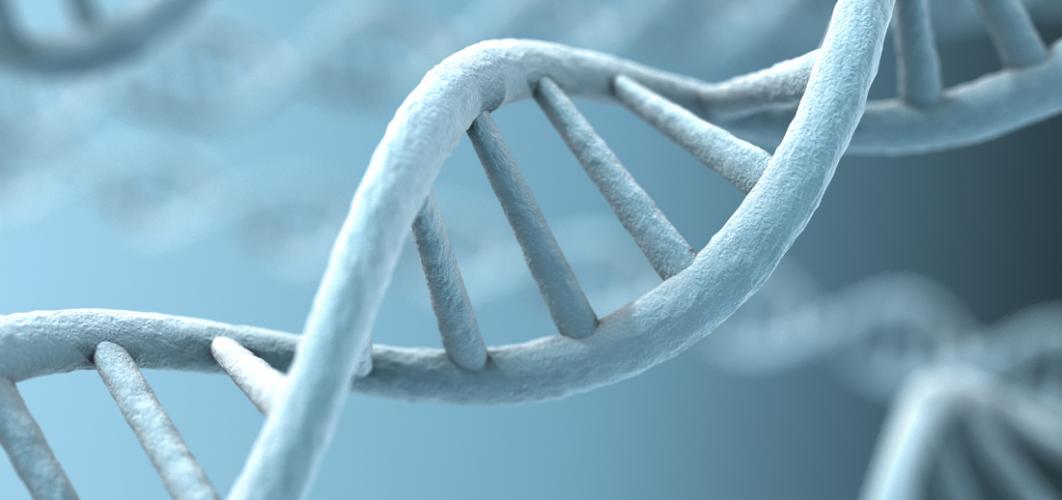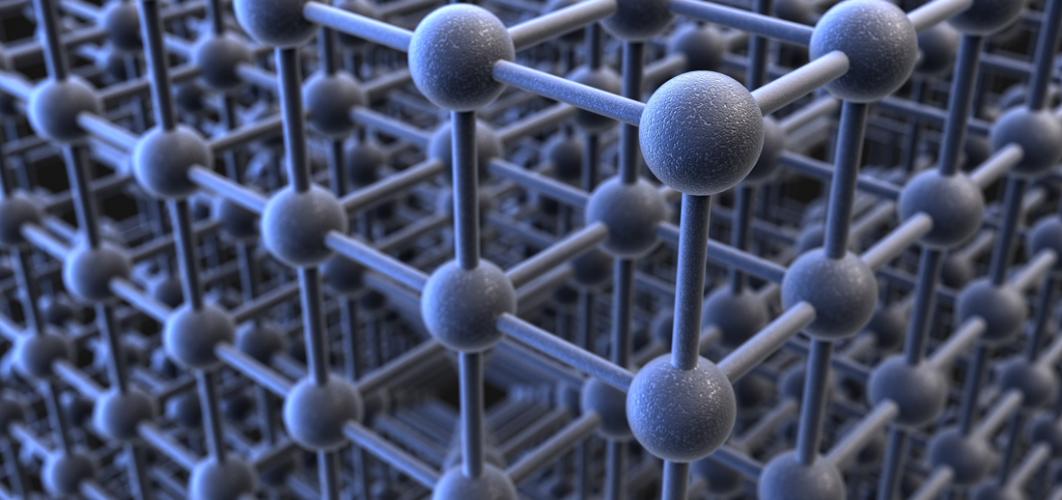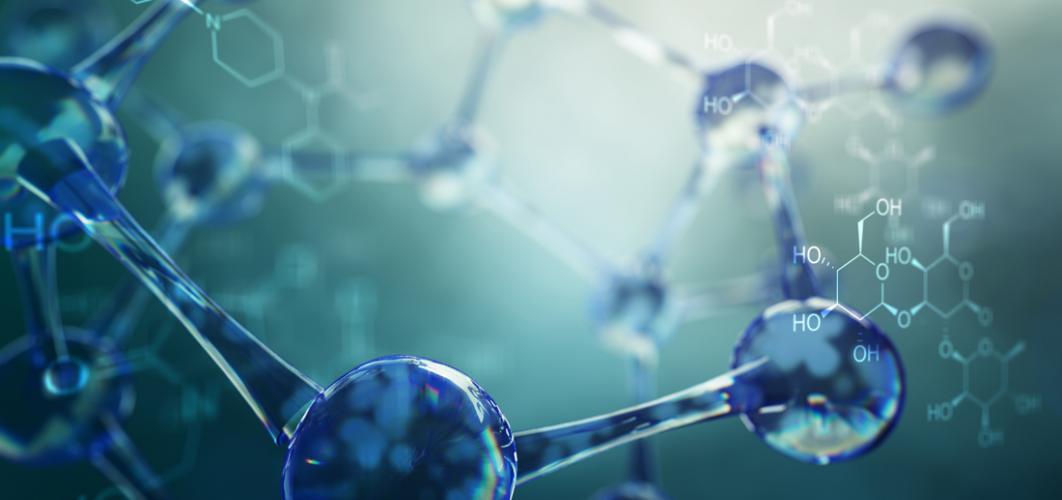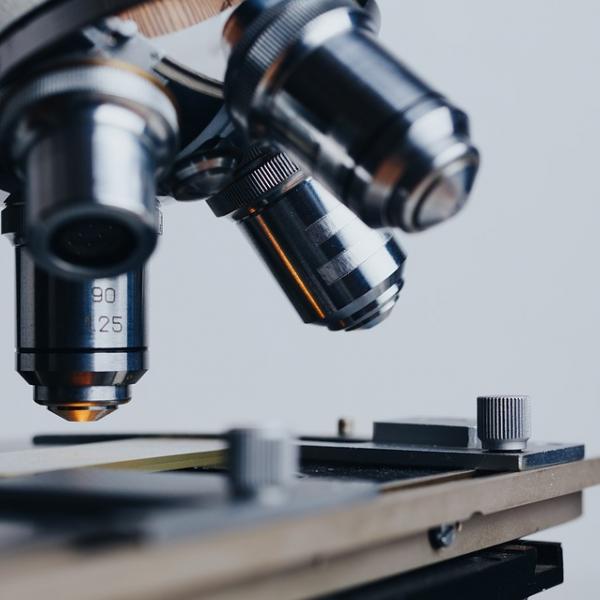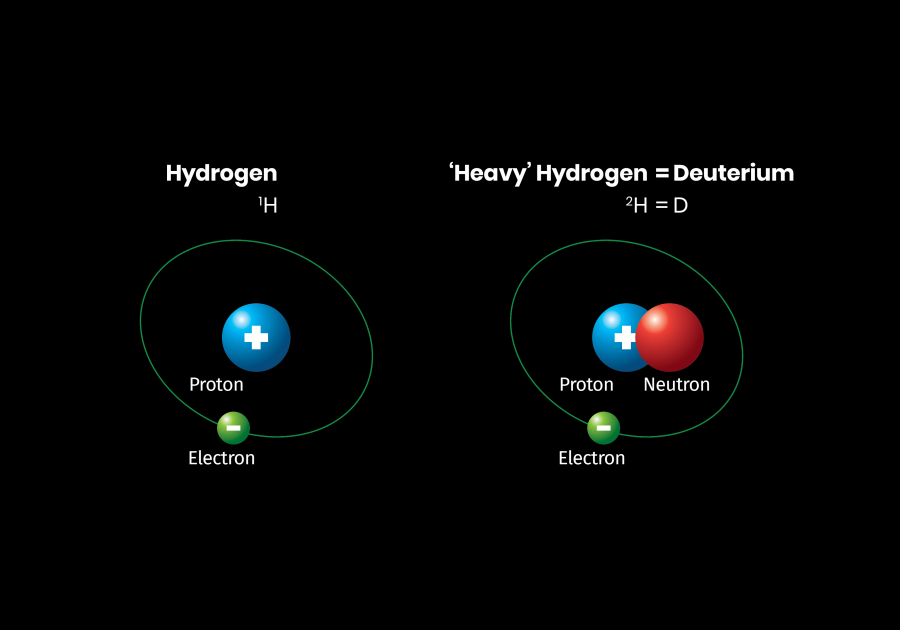
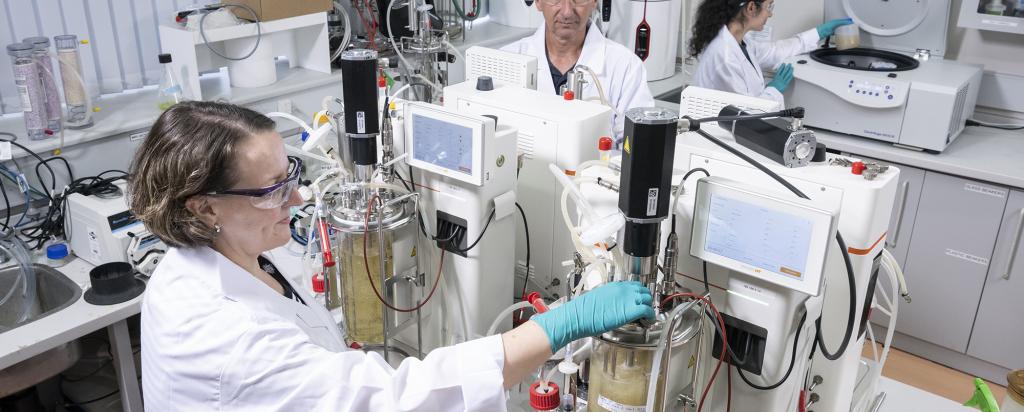
National Deuteration Facility
Impact
The National Deuteration Facility is the only facility of its type in the Southern Hemisphere. It is partially funded by the National Research Infrastructure for Australia initiative. This unique facility offers molecular deuteration using both in vivo biodeuteration and chemical deuteration techniques.
Deuteration enables investigation of the relationship between molecular structure and function of molecules of both biological and synthetic origin for the benefit of the science community and the Australian community at large.
How it works
Deuteration involves the production of molecules where all or part of the molecular hydrogen is in the form of the stable (non-radioactive) isotope deuterium (2H or D).

Deuterated molecules can be used to improve the delivery of drugs and vaccines, enhance the metabolic properties of some biomolecules and the structural integrity of some materials.
Applications
Get in contact

Dr Tamim Darwish, Leader NDF
Acknowledgments
The National Deuteration Facility is partly supported by the National Collaborative Research Infrastructure Strategy – an initiative of the Australian Government.
Enabled by
